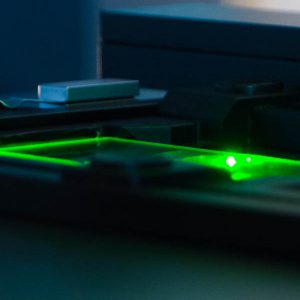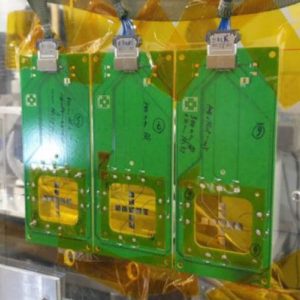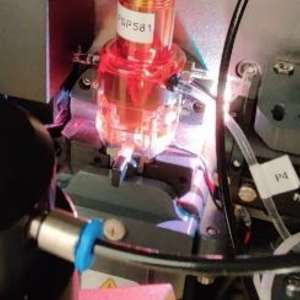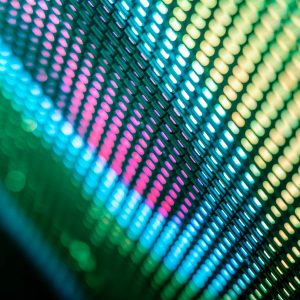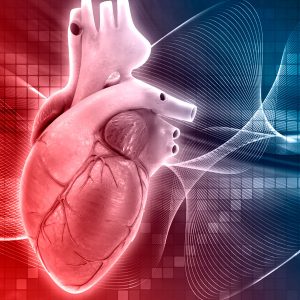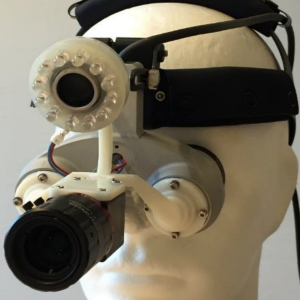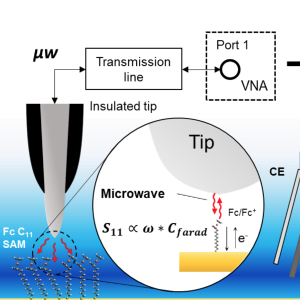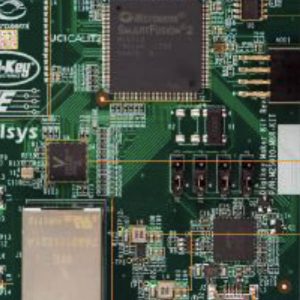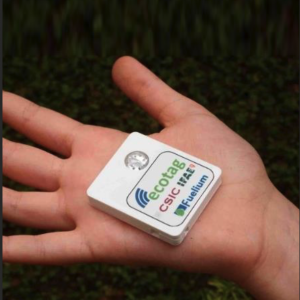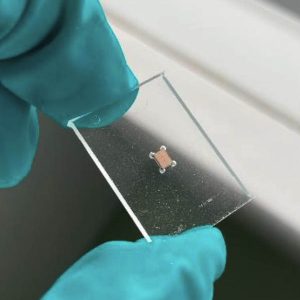Biological processes at the interface of cell and developmental biology are highly dynamic and take place on several spatial and temporal scales. Methods allowing to visualise and quantify these processes across scales are becoming indispensable for modern biological and biomedical research and applications. Fluorescent microscopy has emerged as a powerful technique to acquire spatial and...
This website uses cookies so that we can provide you with the best user experience possible. Cookie information is stored in your browser and performs functions such as recognising you when you return to our website and helping our team to understand which sections of the website you find most interesting and useful.

